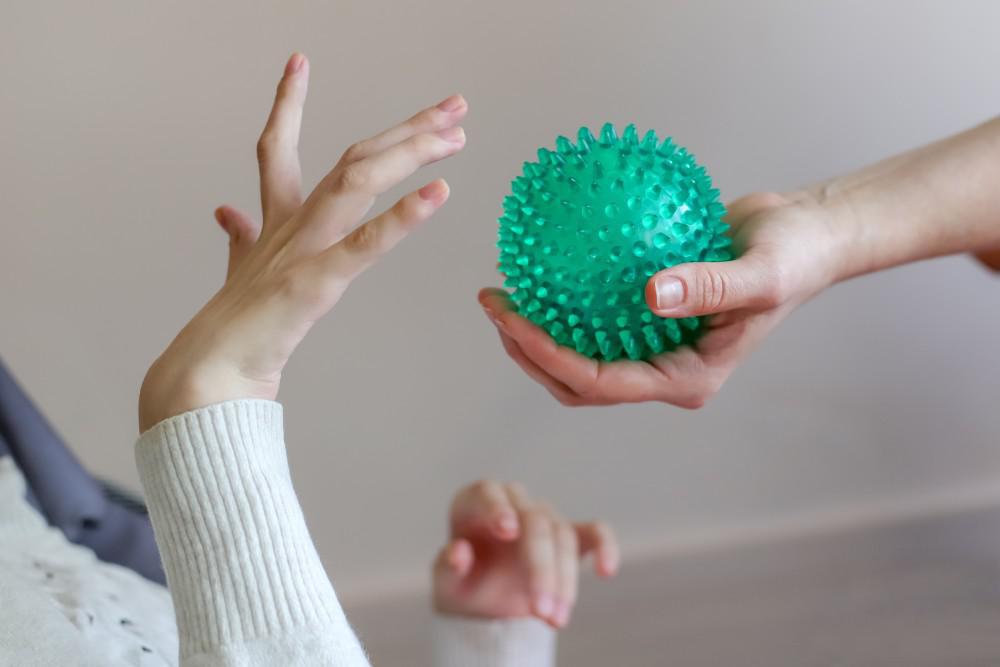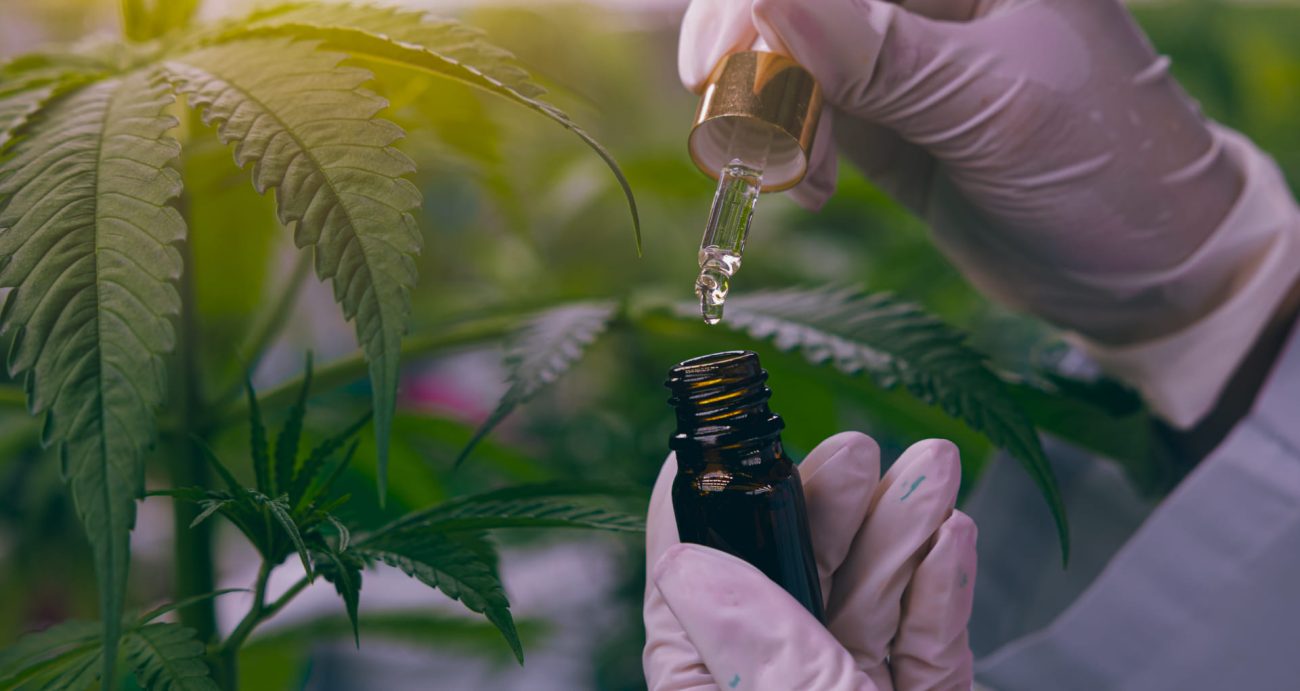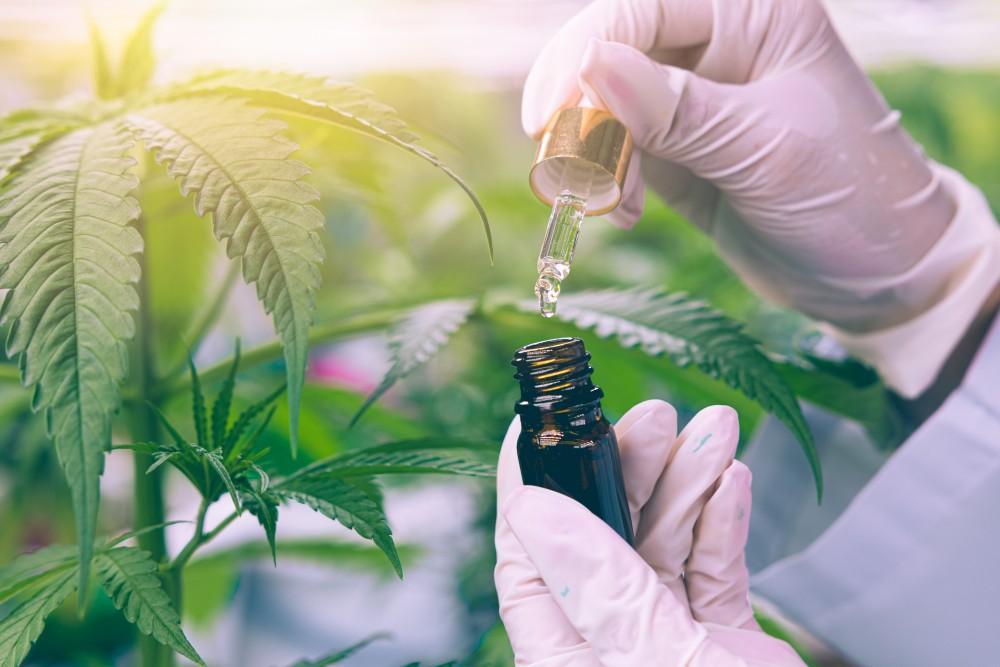Do you get a pulsating unilateral headache that is often accompanied by sensitivity to light or sound, nausea and vomiting? Does it happen often and can last for up to 72 hours at a time if left untreated? If so, you’re probably experiencing migraine attacks and you’re not alone. In fact, the data indicates that more than 1 billion people around the world suffer from migraines.
Migraines have been around for centuries, and they are usually treated with traditional medication like triptans, NSAIDs or opioids. Unfortunately, this line of treatment is not always effective at reducing the pain or at preventing the occurrence of the attacks, in some cases they also have undesirable side effects. More recently, patients have been turning towards using medical cannabis to treat this condition and the results have been highly encouraging.
What is a migraine? What are migraines symptoms? What is the cause for migraines? How can medical cannabis help treat and prevent migraines? Is medical cannabis an option for migraine patients in Texas? We’ll tell you all about this and more, so read on!
What Is a Migraine?
Migraine is a type of headache that manifests as a throbbing and pulsating pain on one side of the head. There are several different types of migraine, but the two main types are: migraine with aura (also known as classic migraine, visual disturbances and other neurological symptoms appear before the actual headache strikes) and migraine without aura (also known as common migraine, the pain strikes with no warning.)
What Are Migraines Symptoms?
In addition to the unilateral throbbing headache, migraines are usually accompanied by symptoms like:
- Nausea and vomiting
- Fatigue
- Sensitivity to light sound or smell
- Blurred vision.
Other symptoms depending on the type of migraine are dizziness, blurred speech, muscle weakness or numbness, temporary loss of vision, mood changes and confusion. The pain can be so debilitating that some patients are not able to carry on with their daily lives until the headache goes away. Patients may experience pain for more than 15 days per month, which explains why migraines are the second leading cause of disability among people under 50 worldwide.
What Is The Cause for Migraines?
Migraine attacks both children and adults but the severity and frequency of the attacks seem to decline after age 50. Also, migraines are genetic so having a family history increases the risk of occurrence. Other risk factors include conditions such as obesity, epilepsy, spasticity, neuropathy, depression, anxiety, gastric ulcers and angina as patients who experience migraines often suffer from those conditions as well. Also increasing the odds of suffering from migraines? Gender: According to the Journal of The American Medical Association, females are 3 times more likely to experience this type of pain than men.
What Are Common Migraine Attack Triggers?
We mentioned above the main risk factors associated with migraines, but what are the most common triggers that actually cause attacks to occur?
- Diet: some common foods have been identified as being key triggers for migraine attacks. You might have heard of The Five C’s: chocolate, cheese, claret -or any other red wine for that matter-, coffee and citrus fruits. In addition to these “usual suspects”, other foods such as cured meats, fatty/fried foods, food containing MSG and foods having a strong smell are also classified as trigger agents for migraine attacks.
- Hormonal changes: as mentioned previously, women are three times more likely to suffer from migraines than men. This is often due to the so-called “menstrual migraines”: migraine attacks triggered by fluctuating levels of estrogen and progesterone associated with women’s menstrual cycle.
- Mental health: stress, anxiety and depression are common pre-existing conditions among migraine patients. Stress in particular is one of the leading causes for migraine and common headaches as it tends to cause muscular tension in the neck and shoulders and that pain is reflected in the head.
- Dehydration: this condition is a common trigger for migraines as it translates into reduced flow of oxygen to the brain, causing not only pain but also symptoms such as dizziness or even fainting.
- Atmospheric changes: many patients report having sensitivity to atmospheric conditions such as changing barometric pressure due to upcoming storms or cold fronts. Extreme heat or humidity can also be triggers of migraine attacks.
- Strong smells: sensitivity to certain smells (also known as osmophobia) can be a trigger. Research has indicated that certain odors related to food or perfume affect nerve receptors in the nasal passages, subsequently causing migraines.
- Sleep disorders: a good night sleep is fundamental for the body’s repair and refuel functions, especially for the brain. If sleep patterns are altered and the quantity and quality of sleep is compromised, the body’s recovery process gets impaired as well and migraines can become more frequent as a result.
How does Medical Cannabis Help Treat and Prevent Migraines?
Migraines are usually treated with traditional medication both to prevent attacks and to treat them. Unfortunately, these medications sometimes present undesirable side effects or patients prove to be treatment-resistant and therefore they are ineffective in some cases.
In recent years patients who suffer from migraine (and from chronic pain in general) have turned towards medical cannabis as an alternative treatment to address their condition. So far the results are very encouraging as patients report that medical cannabis is highly effective at preventing attacks and at treating pain. Why is that? The answer lies in the cannabinoids CBD and THC present in the marijuana plant and their ability to interact with different receptors of the body’s endocannabinoid system which play a key role in the body’s pain regulation and the slowing down of chronic inflammatory processes.
Chronic pain occurs when the endocannabinoid system is faulty or misfires. A study conducted by Dr. Tally Largent-Milnes (Associate Professor of Pharmacology at UArizona College of Medicine) found that “There is clinical evidence that patients who have chronic migraine, defined as 15 or more migraine days per month […] have lower circulating plasma levels of endocannabinoids” and “Clinical endocannabinoid deficiency is a common feature between the three major functional pain disorders: migraine, fibromyalgia and irritable bowel.”
Medical cannabis helps because its cannabinoids can interact with the system and correct that deficiency, triggering some events that otherwise wouldn’t occur due to a deficient endocannabinoid system and prompting a reduction in pain and other symptoms. The analgesic effects are due mainly to THC binding with CB1 receptors which are responsible for pain management in the central nervous system and peripheral as well. Also, THC is highly effective at curbing nausea and vomiting which are two major symptoms associated with migraine.
Although THC has potential psychoactive effects, these can be avoided either by using a low dose or by combining it with CBD which balances out THC’s unintended effects. Also to note, CBD is beneficial due to its highly effective anti-inflammatory and anxiolytic properties which are essential when it comes to prevention of pain, therefore making CBD a key component to prevent migraine attacks from happening in the first place.
What Does The Empirical Evidence show?
In a recent study conducted in Canada among patients suffering from headache disorders, about 34% reported using medical cannabis and of those, 60% reported a reduction of pain severity, 29.2% reported cannabis efficacy at aborting headaches and 25% reported a reduction in frequency of the attacks.
In another study conducted by researchers at the University of Arizona, patients reported that medical cannabis was 51% more effective at reducing migraines than non-cannabis treatments. Researchers also concluded that the use of cannabis helped reduce not only the number of headache days per month but also the frequency of the attacks after 30 days. Another interesting finding: medical cannabis also helped reduce nausea and vomiting among patients choosing this treatment alternative to manage chronic migraine.
Although more research is necessary, so far many studies indicate that medical cannabis is not only effective at treating migraines but more so that traditional medication.
Following a treatment under medical supervision is necessary to ensure that the patient is getting the right cannabis compound with a combination of THC and CBD customized to their particular health condition using the right strain and doses (which can be adjusted as needed to maximize the benefits) and also to consider any interaction with other medicines the patient is using for this or any other comorbidities. Also to note, the quality and purity of medical cannabis obtained from authorized dispensaries is guaranteed and far superior to other weed, but access is dependent on medical supervision. Guidance results in better outcomes and increased patient satisfaction.
Medical Cannabis for Migraine in Texas: Is It Legal?
With the implementation of the Texas’ Compassionate Use Program in 2015, the use of medical cannabis to treat certain health conditions became legal in the Lone Star State. Patients who qualify for the program can be registered in the Compassionate Use Registry of Texas (CURT) to obtain a prescription under the guidance of a certified medical professional and have it delivered by an authorized dispensary. The program has expanded through the years to include more qualified conditions but unfortunately chronic pain conditions such as migraine are not on that list yet.
That being said, migraines can develop as a symptom associated with other underlying illnesses that are qualified conditions within the TCUP such as neuropathy, for example trigeminal neuralgia. Trigeminal neuralgia is an excruciating pain condition derived from irritation of the trigeminal nerve at the base of the brain. The condition can be caused by pressure affecting the trigeminal nerve either due to contact with an artery or vein, or from a cyst or tumor or other medical condition damaging the nerve’s insulating layer or myelin sheath.
Migraines can also develop as a symptom associated with another qualifying condition: muscle spasticity, which is characterized by sustained muscle tightness. In fact, when a muscle is persistently tight, blood and other organic substances’ flow is impacted which in turn irritates adjacent nerves, causing pain that can trigger a migraine attack in spasticity patients. Conversely, some migraine patients can experience complications in the form of spasticity-related conditions such as hemiplegic migraines (the migraine episode is accompanied by weakness on one side of the body -hemiplegia-) or migraine-triggered hemifacial spasms (hemifacial spasms are a neurological condition characterized by frequent contraction or spasms on one side of the face.)
Both neuropathy and spasticity are qualifying medical conditions under Texas’ Compassionate Use Program, therefore, patients who suffer from migraines related to either of these two other conditions can have legal access to medical marijuana today.
Next Steps
The Team at Texas Cannabis Clinic is a supporter of the evolution of the Texas’ Compassionate Use Program (TCUP) so that access to the program is not determined by a list of conditions but rather by the discretion of the patient’s medical team when considering whether medical cannabis can be beneficial or not in their health journey.
During the 2023 Texas legislative session, we advocated for the passing of HB1805, a bill sponsored by Rep. Stephanie Klick with bipartisan support. The bill proposed the addition of chronic pain to TCUP’s list of qualifying medical conditions, as well as allowing the Texas Health and Human Services Department the ability to designate debilitating medical conditions for which medical marijuana could be prescribed. Also, the bill advocated for the creation of a 10 milligram volumetric dose cap (limiting the amount of THC by volume instead of the current limit of 1% per weight) which would allow medical cannabis doctors to prescribe a more concentrated product, effectively reducing the quantity of medication required to be consumed. The bill passed out of the House 127-19 but unfortunately it didn’t get a Senate hearing, and as a consequence, no changes were achieved for the TCUP during the 2023 legislative session.
Dr. Matthew Brimberry, Texas Cannabis Clinic’s Medical Director spoke before lawmakers during one of the House Committee hearings back in March 2023 and later lamented the lack of traction at the Senate. In his own words “Denying Texans access to medical marijuana for chronic pain could mean they turn to opioids, which are addictive, or to illegally bringing marijuana to Texas from other states.” He also stated that “It’s truly a disservice to our citizens not to consider broadening this program to allow physicians to be able to recommend this medicine to patients, to try and keep them out of pain in a safe way, without having to look to other means of obtaining.”
You can get involved and join our advocacy efforts by urging your legislators to support adding more medical conditions to the Texas’ Compassionate Use Program (TCUP.)
If you suffer from migraines along with other medical conditions and are unsure whether your comprehensive health condition makes you eligible for the TCUP, contact us! We can help you find the answer.









